This Self-Warming Moisturizer Is Like a Sweater for Your Face
Cozy.
It's officially cold outside. (And don't even think about singing *that* song, I'm not having it.) But as you trade in your transitional trench for a heavy wool coat to keep from dying warm, it's time to think about how you're going to shield your face from winter's harsh temps. And in the spirit of not rocking a full face ski mask like a convenience store crook, I bring you: self-warming moisturizers, which are made with ingredients that insulate your skin's natural heat as you go about your cold weather business—be it hitting the slopes or Sephora. Still a relatively new concept, it's gaining more traction, due in major part to U˚Thermic, an indie brand trying to get their signature Coldscreen off the ground and onto your face. (Props to Allure for putting it on our radar.)
Basically, skin is a delicate organ and it requires an ideal temperature to work at maximum effectiveness—its primary job is to protect us by acting as a barrier to outside environmental hazards and maintaining our body temperature, says dermatologist Rachel Nazarian, M.D., at Schweiger Dermatology Group.
"When the temperature is too cold and dry, moisture is stripped from skin compromising the barrier, leaving it prone to microscopic breaks that trigger inflammation of the skin, which can feel like the classic winter itch—red, scaly, and cracked," she explains.
Self-warming products like Coldscreen can prevent the dissipation of heat by attempting to retain normally lost heat the body exudes in action. But just as importantly, they include moisturizers and skin hydrators such as jojoba oil and aloe, which are essential for maintaining the barrier and letting skin do its thing i.e. temperature regulation, moisture retention, and most importantly, protection.
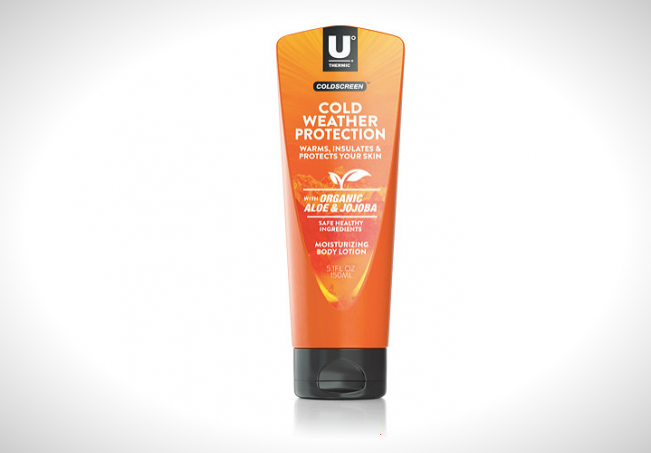
Yes, a heat-activated moisture sounds like a no-brainer, but as someone with sensitive skin, I'm inherently paranoid about anything that might exacerbate sensitivity and redness. I have rosacea, which means I have firm instruction from derms to keep skin cool.
"Patients with temperature-sensitive conditions should be aware," says Nazarian. "Rosacea tends to flare when skin is too warm, and heat retention can trigger rosacea for many women. Test-driving any new product is a good idea, so apply a small amount to a discreet area and see how your skin responds. Itching, burning, or redness means the product is not for you."
Echoing Nazarian's sentiment about proceeding with caution, I do think a self-warming moisturizer is worth a try—particularly if you live in a frigid-cold climate and are constantly exposed to face-numbing temps. This said, I do think this is more of a special circumstances kind of product in that it won't be replacing my daily go-to Bioelements Crucial Moisture.
Stay In The Know
Get exclusive access to fashion and beauty trends, hot-off-the-press celebrity news, and more.
You can re-order Coldscreen on UThermic's indiegogo page, but if you're looking for something that's already on the market or self-warming skincare beyond moisturizers, check out the following:
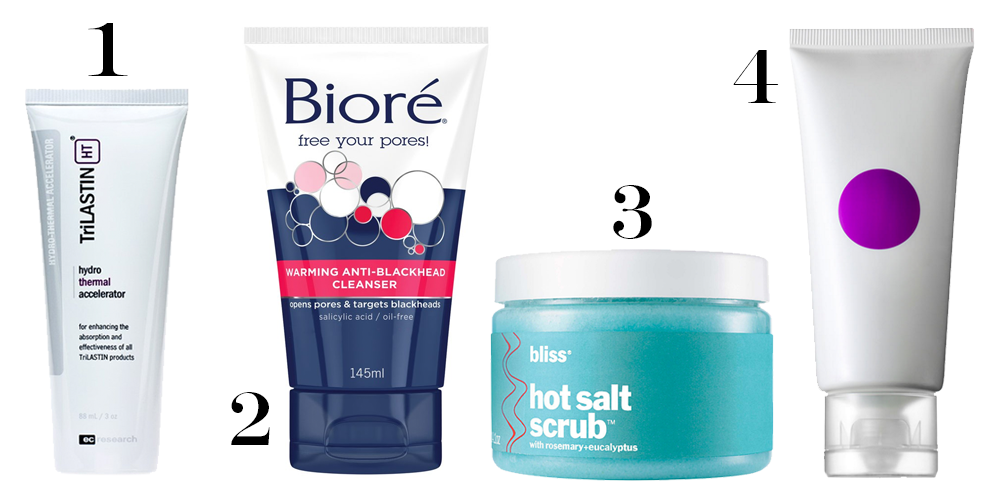
1. Cleanser: Biore Warming Anti-Blackhead Cleanser, $7.49; walgreens.com.
This warming, clay-infused formula also works to open up pores, which helps to wash away makeup, dirt, and oils.
2. Serum: TriLASTIN-HT Hydro-Thermal Accelerator, $19; trilastin.com.
This self-warming serum is designed to help open up pores so that active ingredients are absorbed faster.
3. Mask: Somme Institute Boost Mask, $40; shop.nordstrom.com.
Consider it a 5-minute miracle—the warming mask that boosts blood circulation to nourish skin cells.
4. Body Scrub: Bliss Holt Salt Scrub, $38; blissworld.com.
Infused with eucalyptus and rosemary oils, this beloved scrub heats up so that it can exfoliate skin *gently*.
Follow Marie Claire on Instagram for the latest celeb news, pretty pics, funny stuff, and an insider POV.
Lauren Valenti is Vogue’s former senior beauty editor. Her work has also appeared on ELLE.com, MarieClaire.com, and in In Style. She graduated with a liberal arts degree from Eugene Lang College, The New School for Liberal Arts, with a concentration on Culture and Media Studies and a minor in Journalism.
-
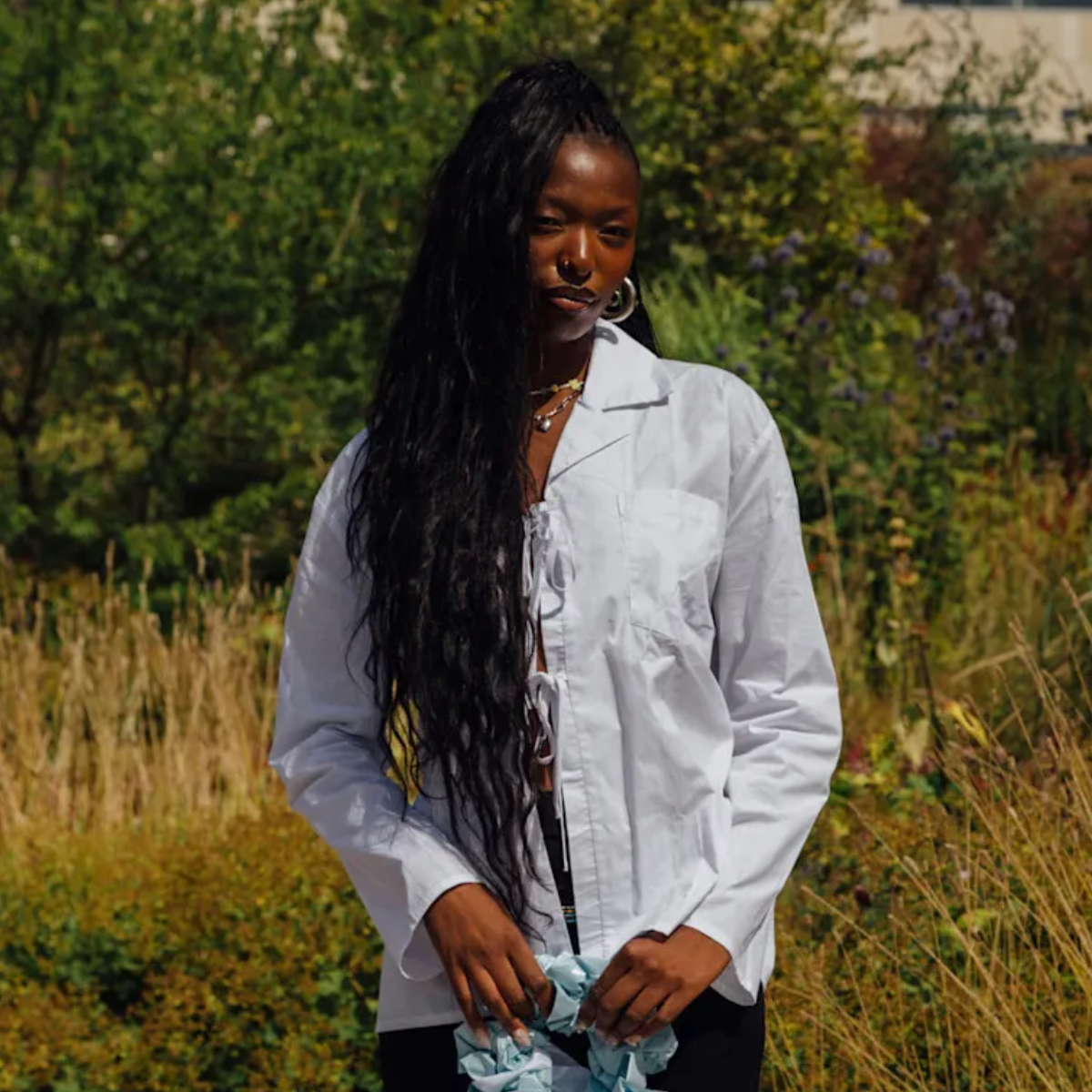 I Used Nordstrom’s Sale Section to Craft 7 Perfect Summer Outfits
I Used Nordstrom’s Sale Section to Craft 7 Perfect Summer OutfitsThese are formulas you can rely on.
By Brooke Knappenberger
-
 Your Syllabus Guide to the 'Weak Hero Class 2' Cast—Meet the Rising K-Drama Stars Playing the Students of Eunjang High
Your Syllabus Guide to the 'Weak Hero Class 2' Cast—Meet the Rising K-Drama Stars Playing the Students of Eunjang HighSo many exciting names join Park Ji-hoon in the second season of the Netflix hit.
By Quinci LeGardye
-
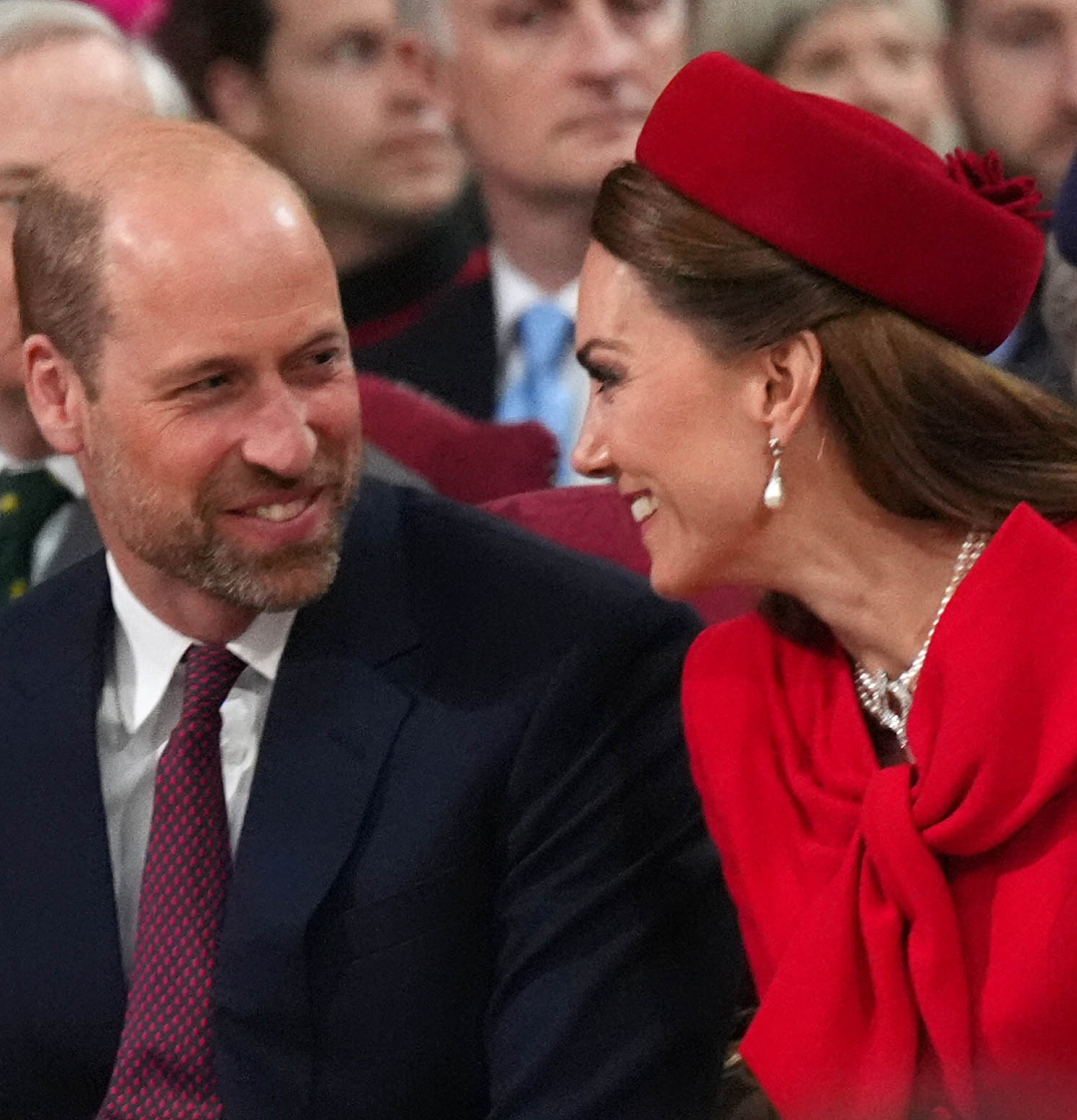 Prince William and Kate Middleton "Continue to Push Boundaries"
Prince William and Kate Middleton "Continue to Push Boundaries""They definitely have a different dynamic compared to other royal couples."
By Kristin Contino
-
 Here's the Skinny on Fat Grafting Skincare Treatments
Here's the Skinny on Fat Grafting Skincare TreatmentsHere's the skinny on the cosmetic treatment taking over plastic surgeons' offices from coast-to-coast.
By Fiorella Valdesolo
-
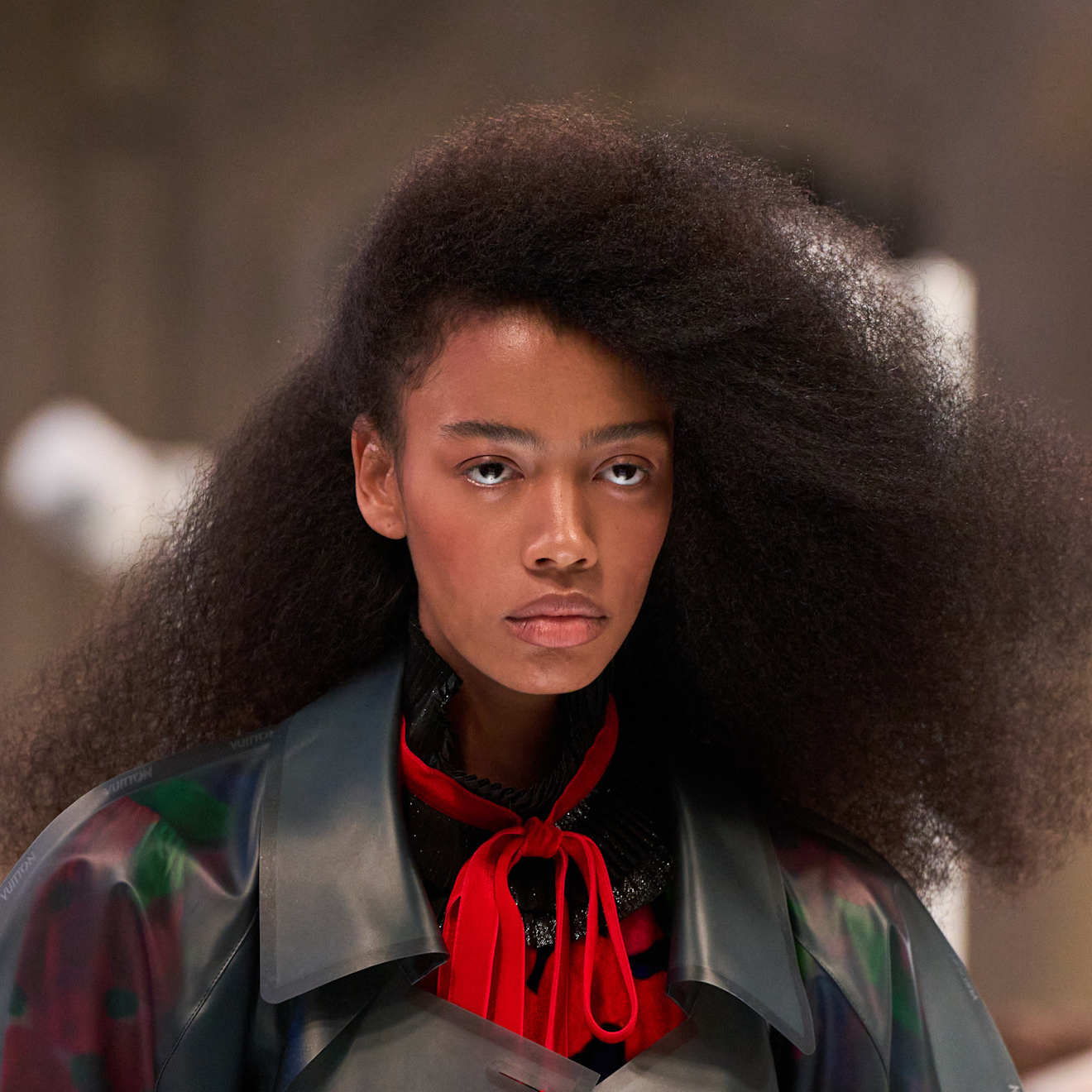 Everything You Need to Know About Marie Claire’s Skin and Hair Awards
Everything You Need to Know About Marie Claire’s Skin and Hair AwardsCould your brand survive an editor testing session?
By Ariel Baker
-
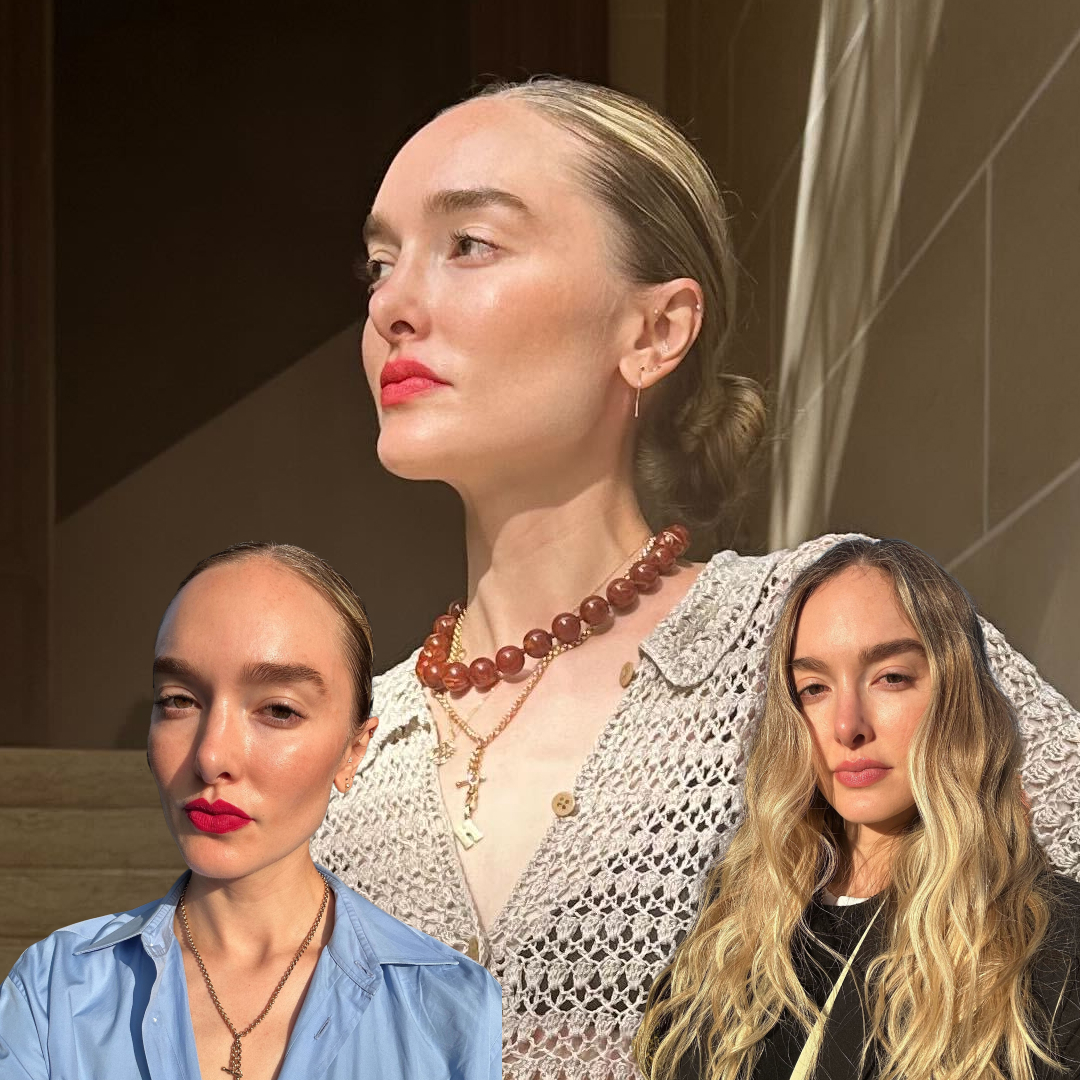 People Always Compliment My Flawless Skin—These 6 Steps Are Why
People Always Compliment My Flawless Skin—These 6 Steps Are WhyFrom sunscreen and essences to moisturizers, it's all here.
By Hannah Baxter
-
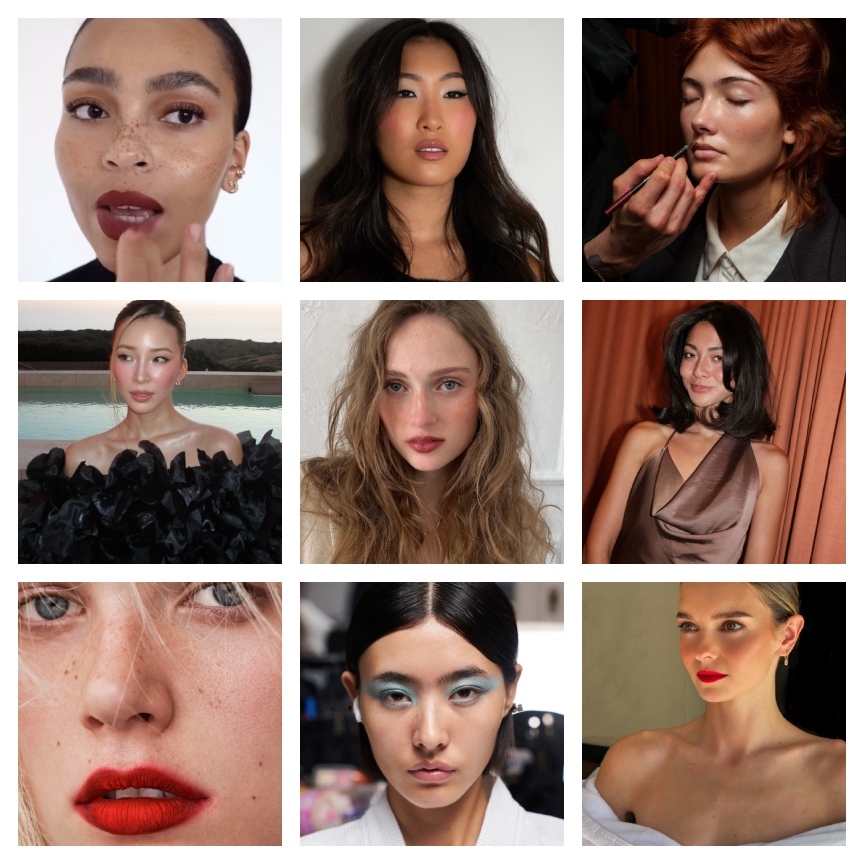 The 11 Best Spring Makeup Trends Are Sexy, Sensual, and Perfectly Luminous
The 11 Best Spring Makeup Trends Are Sexy, Sensual, and Perfectly LuminousIt's dew or die time.
By Jamie Wilson
-
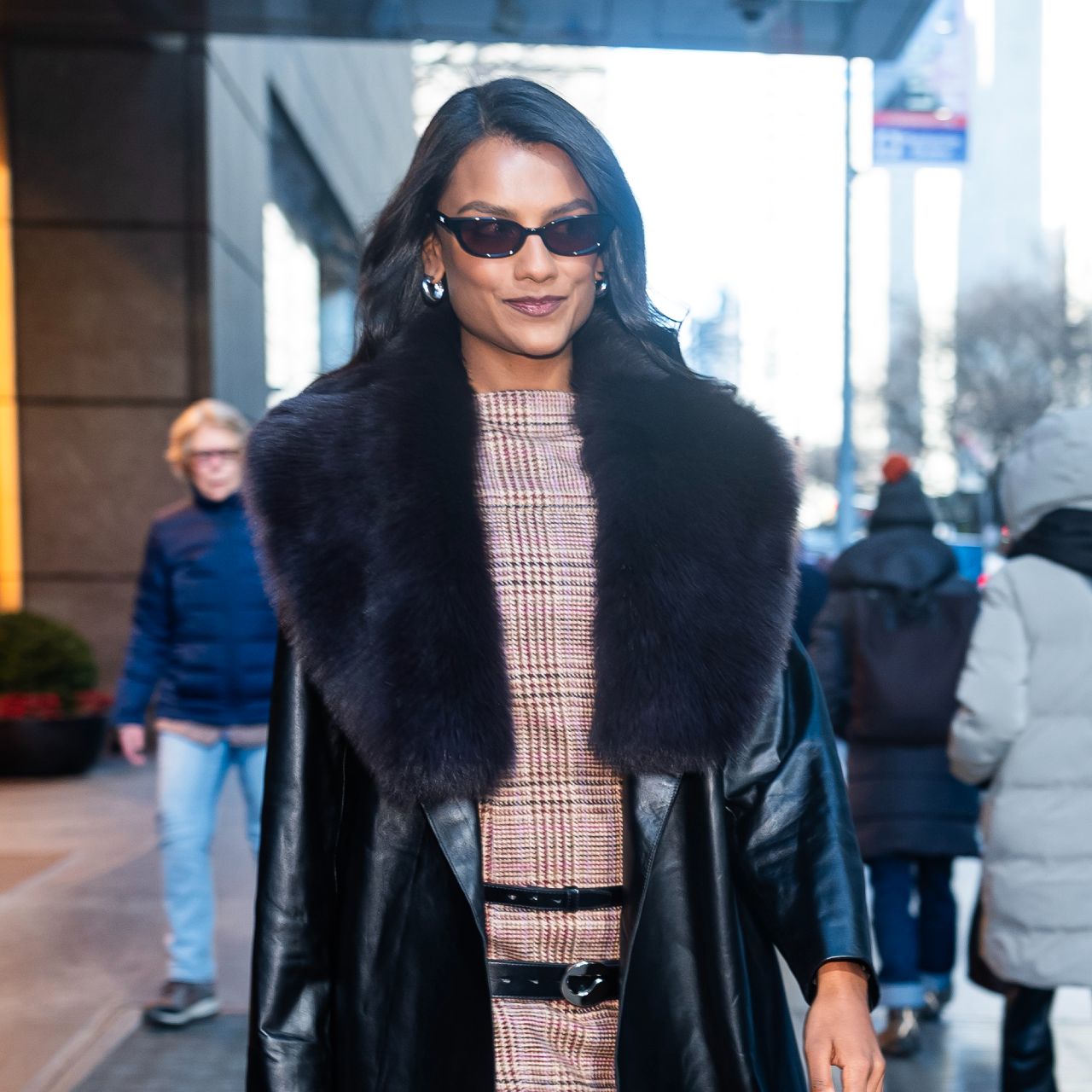 Simone Ashley’s Indie Sleaze Glam Is a Cool-Toned Dream
Simone Ashley’s Indie Sleaze Glam Is a Cool-Toned DreamThe actor was spotted in New York City looking like the epitome of cool-toned beauty.
By Ariel Baker
-
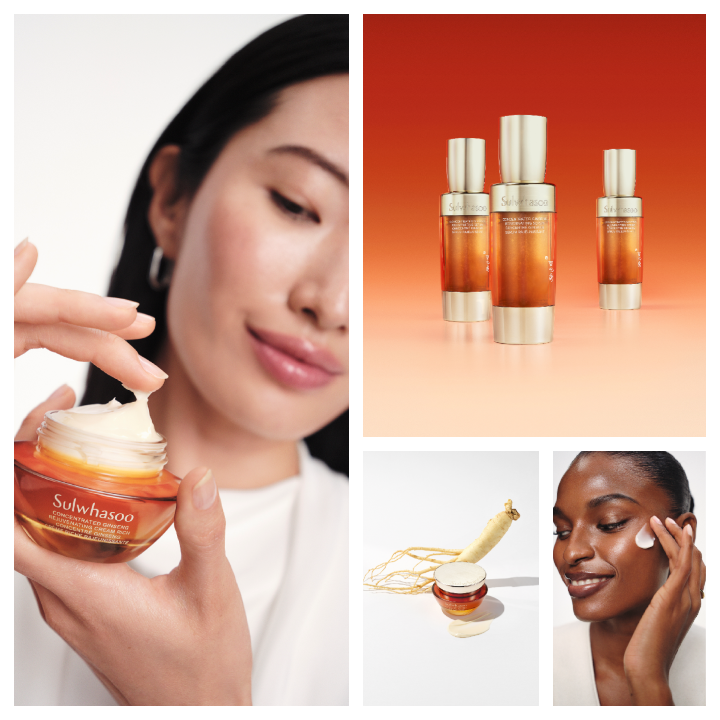 Sulwhasoo’s New Concentrated Ginseng Cream Is a Wrinkle-Erasing Time Machine for My Skin
Sulwhasoo’s New Concentrated Ginseng Cream Is a Wrinkle-Erasing Time Machine for My SkinThis Seoul-based brand is the key to plump skin.
By Samantha Holender
-
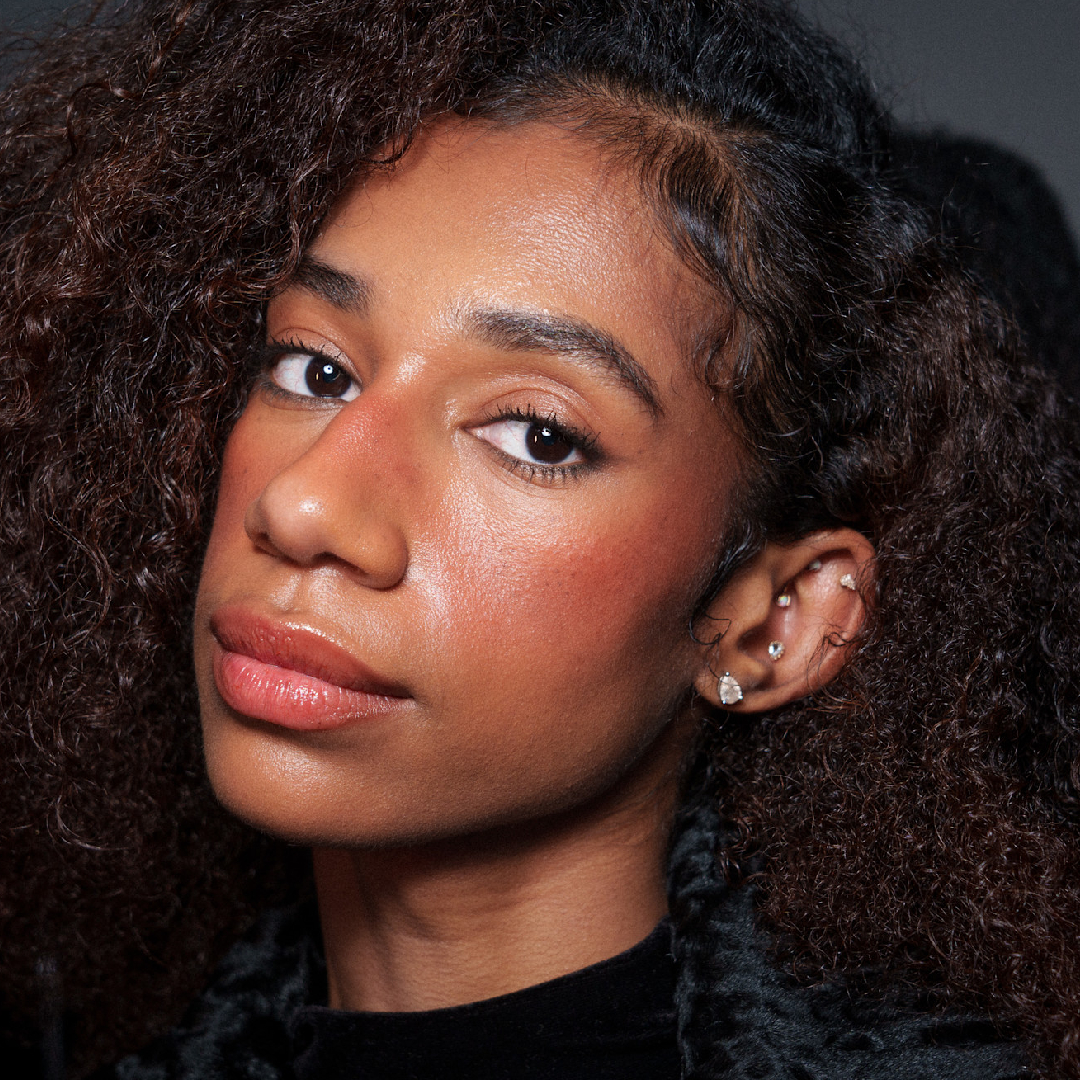 The 10 Best Hair Growth Shampoos of 2025, Tested by Editors
The 10 Best Hair Growth Shampoos of 2025, Tested by EditorsExpensive and healthy-looking hair on lock.
By Marisa Petrarca
-
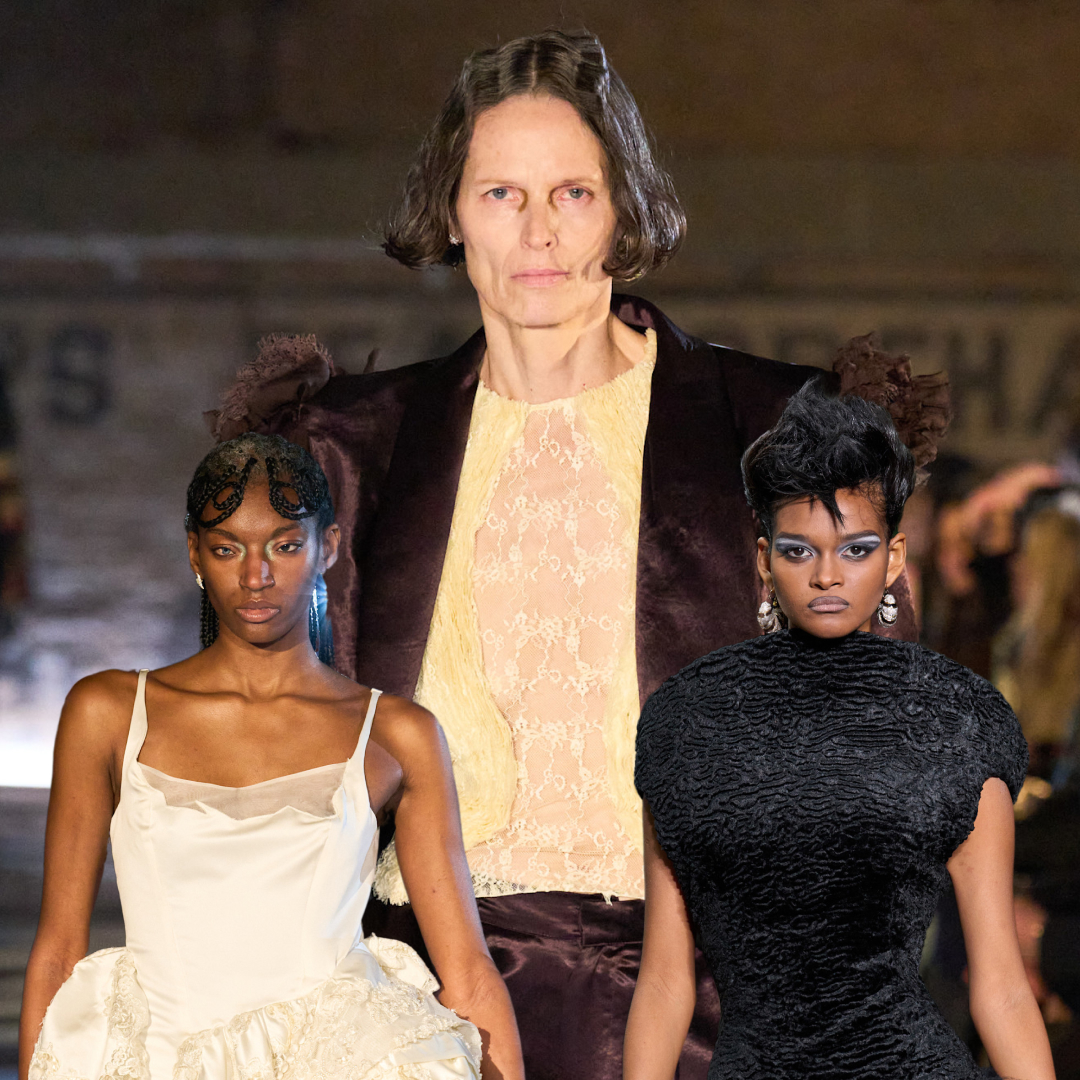 New York Fashion Week’s Fall/Winter 2025 Best Beauty Moments Are a Lesson in Juxtaposition
New York Fashion Week’s Fall/Winter 2025 Best Beauty Moments Are a Lesson in JuxtapositionThe week's best beauty looks were a maximalism master class.
By Ariel Baker